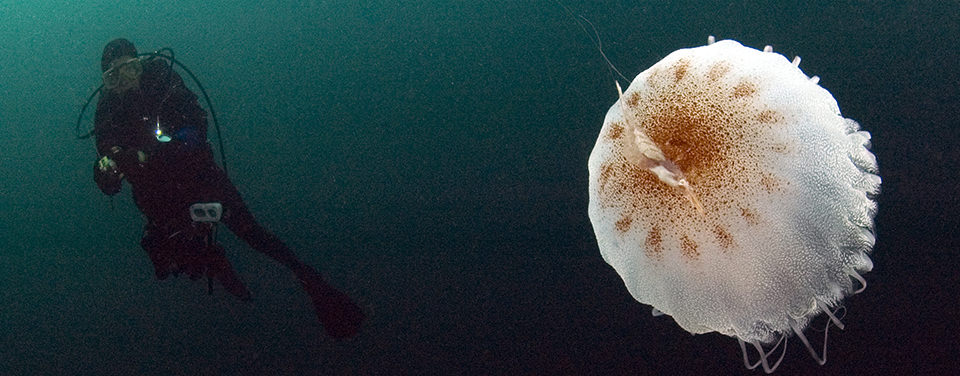
Emergency Medicine Clinics of North America. Marine envenomations: Jellyfish & hydroid stings.In reply to evidence-based treatment of jellyfish stings in North America and Hawaii. Evidence-based treatment of jellyfish stings in North America and Hawaii. Interventions for the symptoms and signs resulting from jellyfish stings. Jellyfish stings and their management: A review.

In: Tintinalli's Emergency Medicine: A Comprehensive Study Guide. Stay out of the water in jellyfish areas when jellyfish numbers are high. Talk to lifeguards, local residents or officials with a local health department before swimming or diving in coastal waters, especially in areas where jellyfish are common. Consider protective footwear, as stings can also occur while wading in shallow water. Diving stores sell protective "skin suits" or "stinger suits" made of thin, high-tech fabric. When swimming or diving in areas where jellyfish stings are possible, wear a wet suit or other protective clothing. The following tips can help you avoid jellyfish stings: Irukandji syndrome, which causes chest and stomach pain, high blood pressure, and heart problems A key number of hours of darkness during the lunar cycle triggers mature Hawaiian box jellyfish (Alatina alata) to swim to leeward shores on Oahu to spawn.
HAWAII JELLYFISSH SKIN

Jellyfish that have washed up on a beach may still release venomous stingers if touched. It affects the area of contact and may enter the bloodstream. The tube pierces the skin and releases venom. When you brush against a tentacle, tiny triggers on its surface release the stingers. Each stinger has a tiny bulb that holds venom and a coiled, sharp-tipped tube. Tentacles have thousands of microscopic barbed stingers. Jellyfish stings are caused by brushing against a jellyfish tentacle.


 0 kommentar(er)
0 kommentar(er)
